The 8 Things Successful Architects and Designers Do
virgilcarter
9 years ago
Related Stories
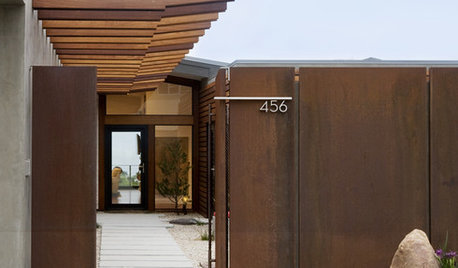
MOST POPULAR8 Things Successful Architects and Designers Do
Good architects tell a story and engage the senses. They understand the rules — and know when to break them
Full Story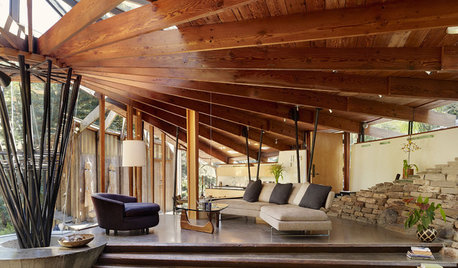
ARCHITECTUREHave It Your Way — What Makes Architecture Successful
Universal appeal doesn't exist in design. The real beauty of any home lies in individualization and imagination
Full Story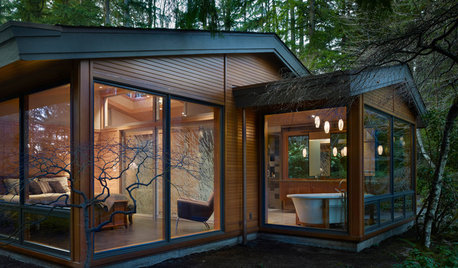
WORKING WITH PROS10 Things Architects Want You to Know About What They Do
Learn about costs, considerations and surprising things architects do — plus the quick route to pinning down their style
Full Story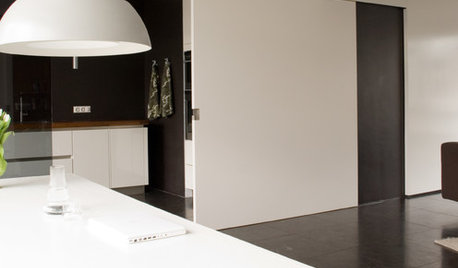
DESIGN DETAILSThe Secret to Pocket Doors' Success
Pocket doors can be genius solutions for all kinds of rooms — but it’s the hardware that makes all the difference. See why
Full Story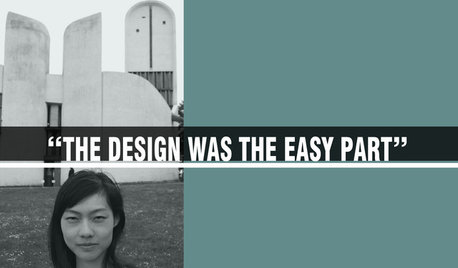
COFFEE WITH AN ARCHITECT8 Things an Architect Will Never Say
Architects are people too. But it doesn't mean they talk like everyone else
Full Story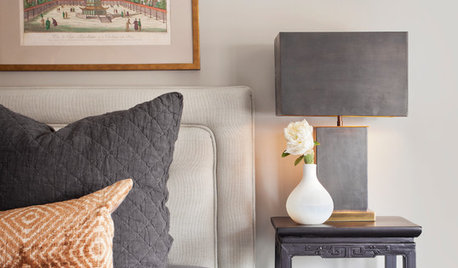
FURNITURE10 Secrets of Successful Secondhand Furniture Shopping
Design professionals offer tips on how, where and what to buy
Full Story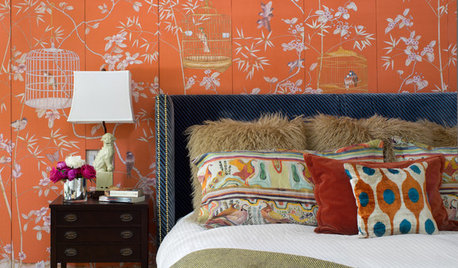
WORKING WITH PROS8 Things Interior Designers Want You to Know
Get the scoop on certifications, project scope, working from afar and more
Full Story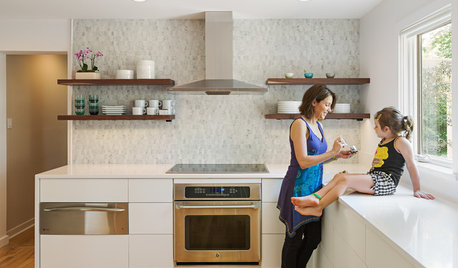
INSIDE HOUZZTell Us Your Houzz Success Story
Have you used the site to connect with professionals, browse photos and more to make your project run smoother? We want to hear your story
Full Story
THE ART OF ARCHITECTUREDesign Practice: 11 Ways Architects Can Overcome Creative Blocks
When inspiration remains elusive, consider these strategies for finding your creative muse
Full Story





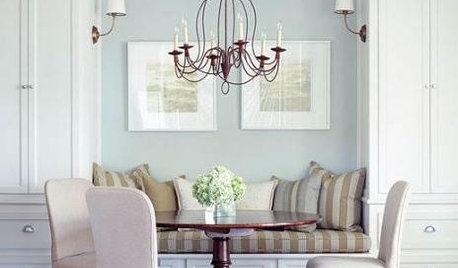

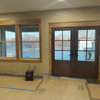


live_wire_oak
mojomom
Related Professionals
Charleston Architects & Building Designers · Cloverly Architects & Building Designers · Henderson Architects & Building Designers · Delano Home Builders · Valley Stream Home Builders · Kearns Home Builders · Salisbury Home Builders · Barrington General Contractors · Dardenne Prairie General Contractors · Fremont General Contractors · Homewood General Contractors · Marietta General Contractors · Nashua General Contractors · Port Huron General Contractors · West Mifflin General Contractorsrenovator8
virgilcarterOriginal Author
deegw
palimpsest
qbryant
renovator8
User
tulika123
renovator8
millworkman
lavender_lass
virgilcarterOriginal Author
renovator8
renovator8
Annie Deighnaugh
chicagoans
renovator8
virgilcarterOriginal Author
Annie Deighnaugh
chicagoans
renovator8
lavender_lass